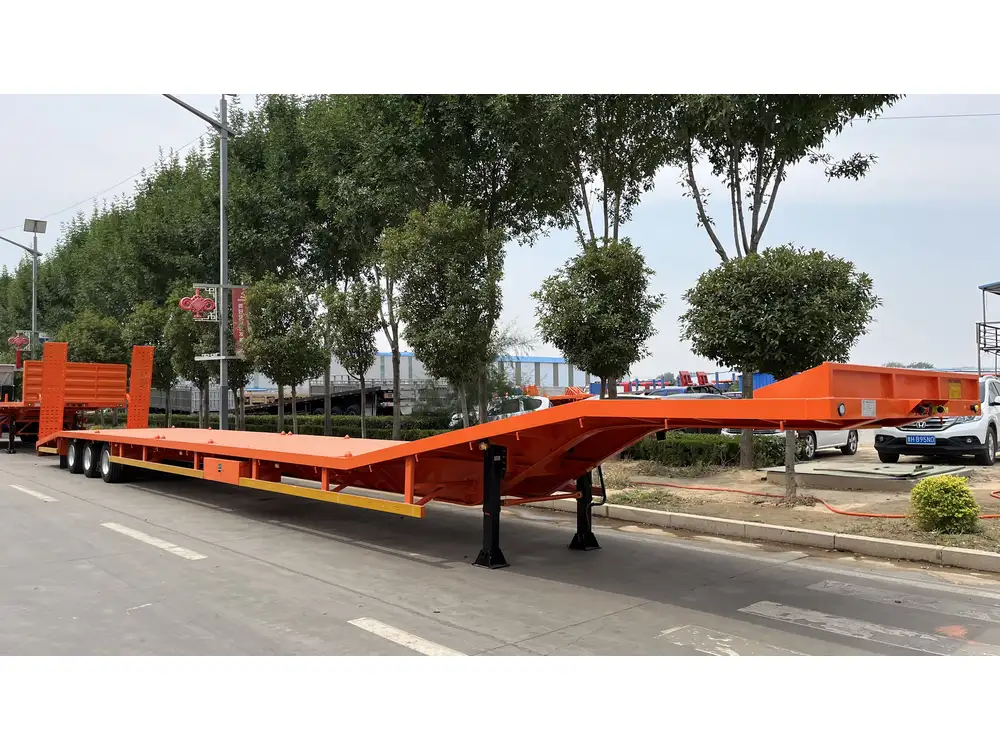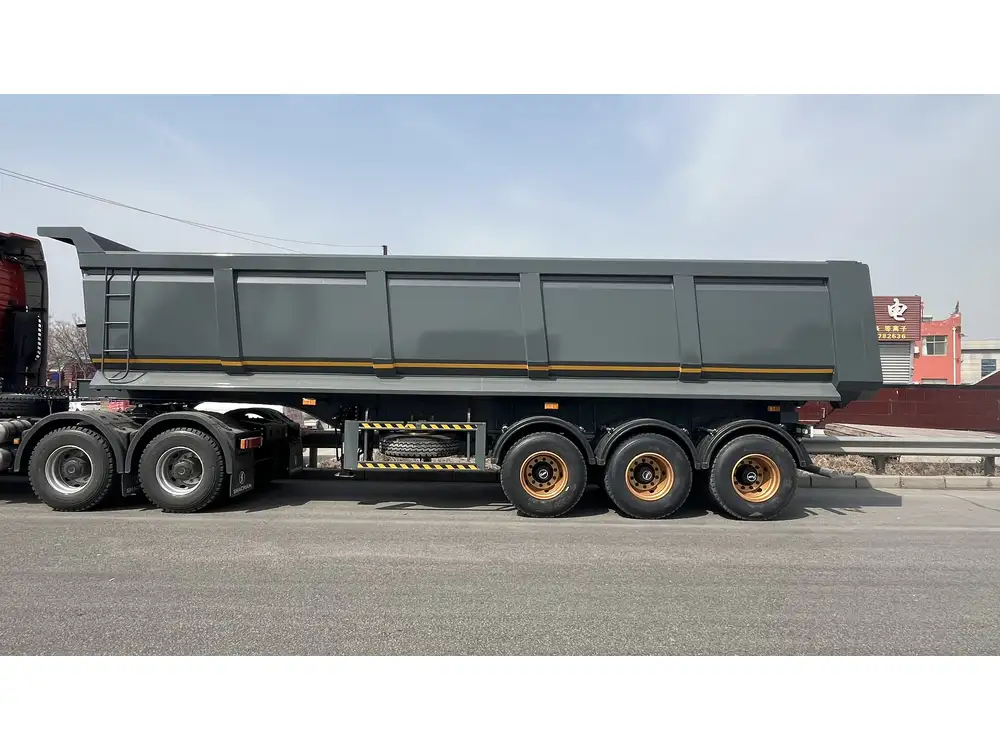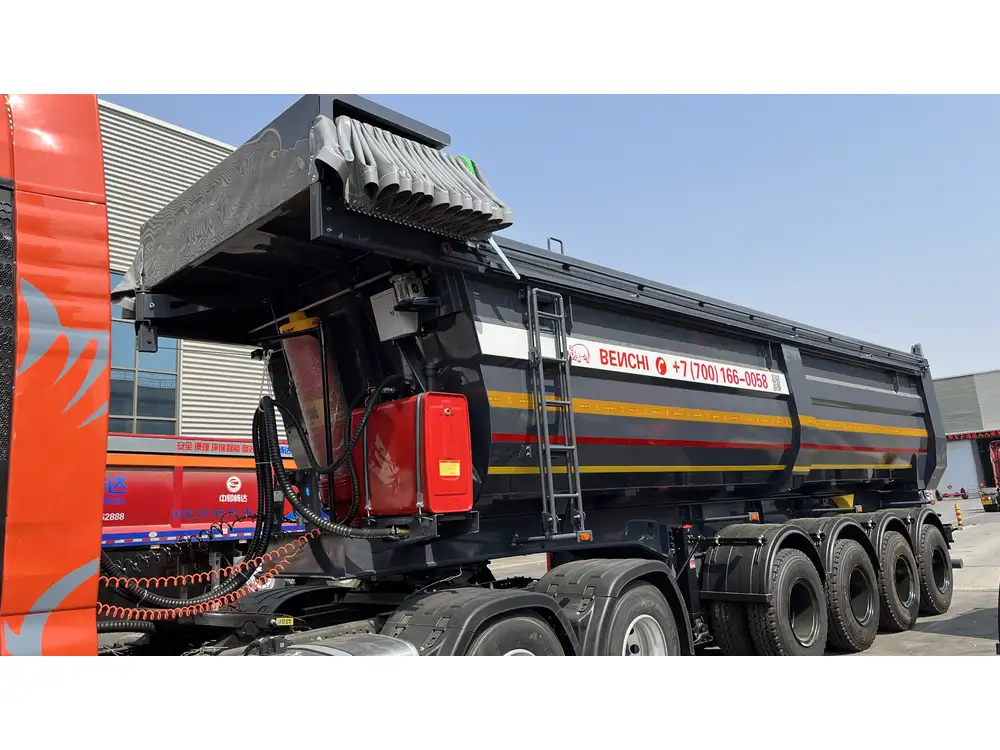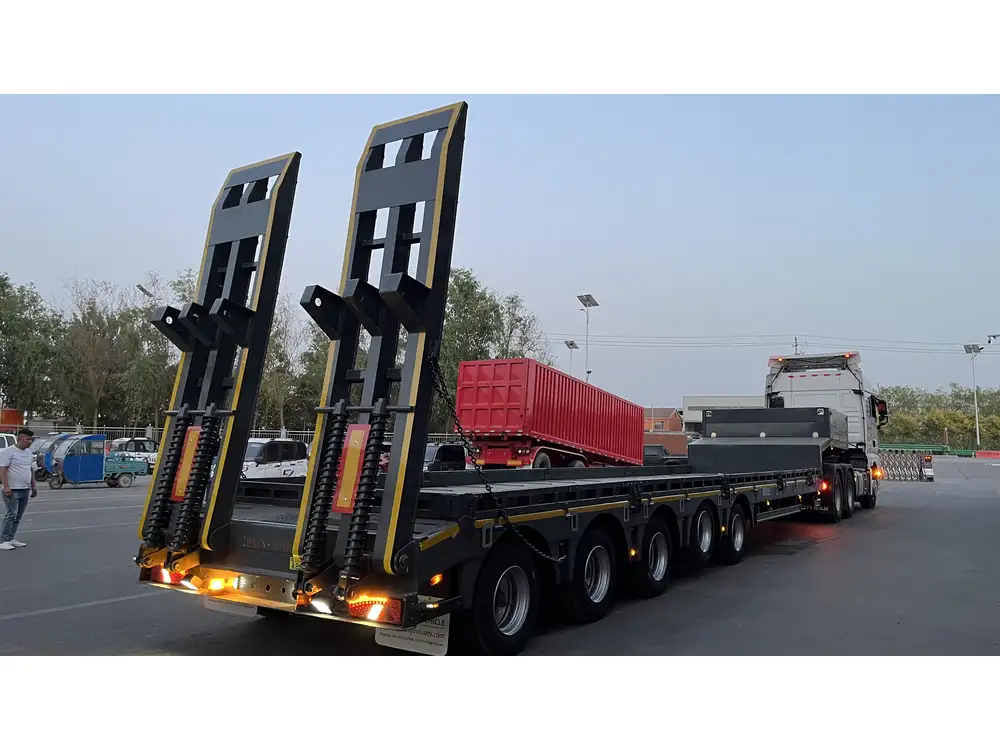Driving a semi-trailer isn’t merely about getting behind the wheel; it encompasses a comprehensive understanding of vehicle mechanics, road regulations, and safety protocols. The art of operating these large commercial vehicles demands skill, knowledge, and responsibility. This guide will break down everything you need to know, structured systematically to guide both novice and experienced drivers alike.
Understanding the Semi-Trailer: Anatomy and Dynamics
Before delving into the practicalities of driving, it’s essential to grasp the intricacies of a semi-trailer. This section highlights its key components and mechanics.
| Component | Description |
|---|---|
| Cab | The front of the truck where the driver sits, controls steering, and houses instrumentation. |
| Chassis | The frame of the semi-trailer, providing support and stability. |
| Fifth Wheel | The coupling mechanism that allows the cab to attach to the trailer. |
| Trailer | The towed unit that carries cargo; it may vary in design based on its load. |
| Axles | Support weight and allow for movements; they come with brakes for safety. |
| Braking System | Typically air brakes; understanding their function is crucial for safety. |
Vehicle Weight and Load Considerations
Operating a semi-trailer involves managing substantial weight, both in the vehicle itself and the loads it carries. Federal regulations define weight limitations, typically capping standard semi-trailer configurations at 80,000 pounds.
- Gross Vehicle Weight Rating (GVWR): This refers to the maximum weight limit specified by the manufacturer.
- Payload Capacity: The weight of the cargo that the trailer can carry, inversely related to the vehicle’s weight.

Essential Vehicle Inspections Before Driving
Ensuring the semi-trailer is roadworthy is non-negotiable. Here’s a checklist for pre-driving inspections:
- Tires: Check for proper inflation and wear.
- Brakes: Test air pressure and examine for any leaks.
- Lights: Ensure all lights are functioning, including turn signals and brake lights.
- Hitch and Coupling: Confirm that the fifth wheel coupling is secure.
- Fluid Levels: Check oil, coolant, and brake fluid levels.
Mastering Driving Techniques: A Step-by-Step Approach
Getting Started: The Basics of Driving a Semi-Trailer

1. Entering the Vehicle
- Adjust the seat for comfort and optimal visibility.
- Familiarize yourself with the controls: lights, wipers, brakes, and gear shifters.
2. Starting the Engine
- Ensure the parking brake is engaged.
- Insert the key and turn. Allow a few seconds for the air brakes to build pressure.
3. Engaging the Gears
- Use the proper sequence: from neutral to low gear before proceeding.
- Shift carefully, as the vehicle requires more time to change gears compared to standard vehicles.

Advanced Driving Techniques: Cornering, Changing Lanes, and Networking
4. Cornering Techniques
Navigating turns requires precision:
- Slow Down: Approach corners at a lower speed. A high center of gravity makes semi-trailers prone to rollovers.
- Signal Properly: Use your turn signals well in advance and ensure the surrounding traffic is aware of your intentions.
5. Changing Lanes Safely
Changing lanes can be more complex with a semi-trailer due to its length and blind spots.
- Check Your Mirrors: Always keep an eye on your mirrors and blind spots.
- Use the “Cab” Approach: If you can see the entire cab of the vehicle behind you in your mirror, it’s safe to change lanes.

6. Maneuvering in Tight Spaces
- Use Spotters: When reversing or maneuvering in tight spaces, having a spotter can help avoid collisions.
- Plan Your Path: Visualize your route and make adjustments as necessary while maintaining awareness of your surroundings.
Road Etiquette and Safety Protocols
Understanding your place on the road is vital to ensuring safety and efficiency.
| Situation | Action Guide |
|---|---|
| Interstate Driving | Maintain consistent speed; merge carefully; understand the flow of traffic. |
| Road Construction | Slow down; adhere to detours and increased signage. |
| Weather Conditions | Adjust driving speeds; double the following distance in rain or snow. |
Safety Practices: Saving Lives and Ensuring Efficiency

1. Defensive Driving Techniques
Practicing defensive driving can safeguard against unpredictable situations:
- Anticipate other drivers’ actions and maintain a safe distance, giving yourself ample time to react.
- Avoid distractions, including mobile phones, eating, or adjusting the radio.
2. Visual Scanning Techniques
Constantly scanning your environment allows you to stay aware of:
- Surrounding traffic: Be mindful of vehicles in adjacent lanes.
- Potential hazards: Look out for pedestrians, cyclists, and road debris.
Handling Emergency Situations: Being Prepared
Despite best practices, emergencies occur. Here’s how to handle them effectively:

Vehicle Malfunction Protocols
- Recognizing Signs: Listen for unusual noises; be aware of vibrations and steering issues.
- Safe Stopping: Find a secure place to pull over as promptly as possible. Activate hazard lights immediately.
Accident Procedures
Following an accident, adhere to these steps:
- Check for Injuries: Assess any injuries before exiting the vehicle.
- Contact Emergency Services: Call 911 and report the incident.
- Document the Scene: Use your phone to take pictures and gather witness reports.
Understanding Regulatory Guidelines and Compliance
As a driver of a commercial vehicle, compliance with federal and state regulations is critical.
- CDL Requirements and Training: A Commercial Driver’s License is mandatory. Accurate training programs help instill proper driving habits.
- Hours of Service Regulations: Familiarize yourself with laws governing driving hours to prevent fatigue-associated accidents.

Enhancing Your Skills: Training and Resources
Pursuing professional development and advanced training can help you excel and advance in this field. The following resources are available:
| Resource | Description |
|---|---|
| Local Driving Schools | Offering practical and theoretical training for novice drivers. |
| Online Courses | Flexible learning opportunities covering advanced driving techniques. |
| Safety Workshops | Workshops focused on the importance of safety in commercial driving. |
Joining Professional Organizations
Consider joining industry-related organizations like the American Trucking Associations (ATA) to access ongoing education, networking opportunities, and advocacy resources.
Conclusion: The Path Forward
Embarking on a journey to master semi-trailer driving is complex yet immensely rewarding. With proper training, adherence to regulations, and commitment to safety, becoming an adept driver is within your reach. By understanding the vehicle’s mechanics, embracing advanced driving techniques, and prioritizing safety, you’ll be well-equipped for every challenge the road presents. As you cultivate your skills, remember: the key isn’t simply to drive; it’s to drive responsibly, ensuring safety for yourself and others on the road.



